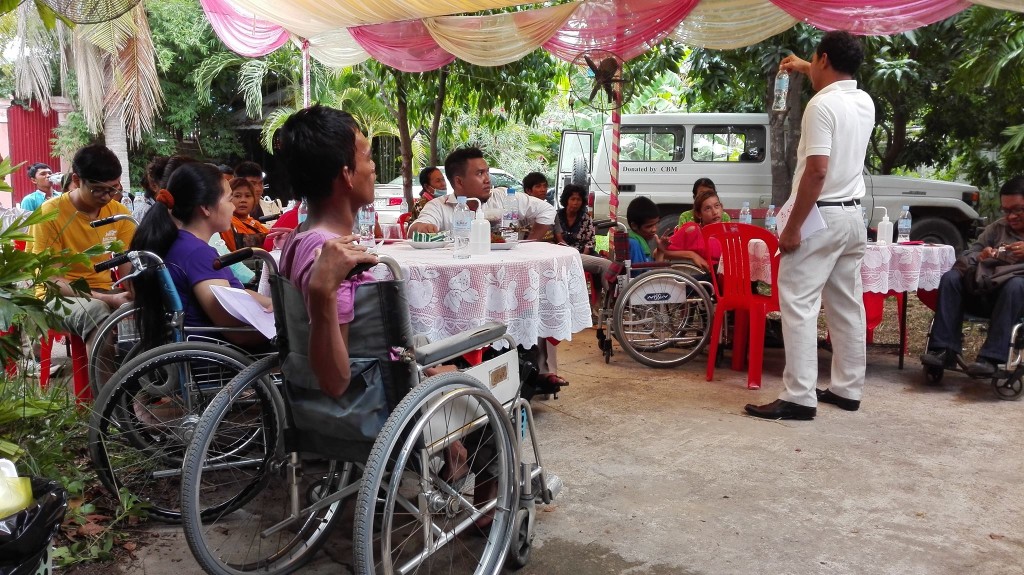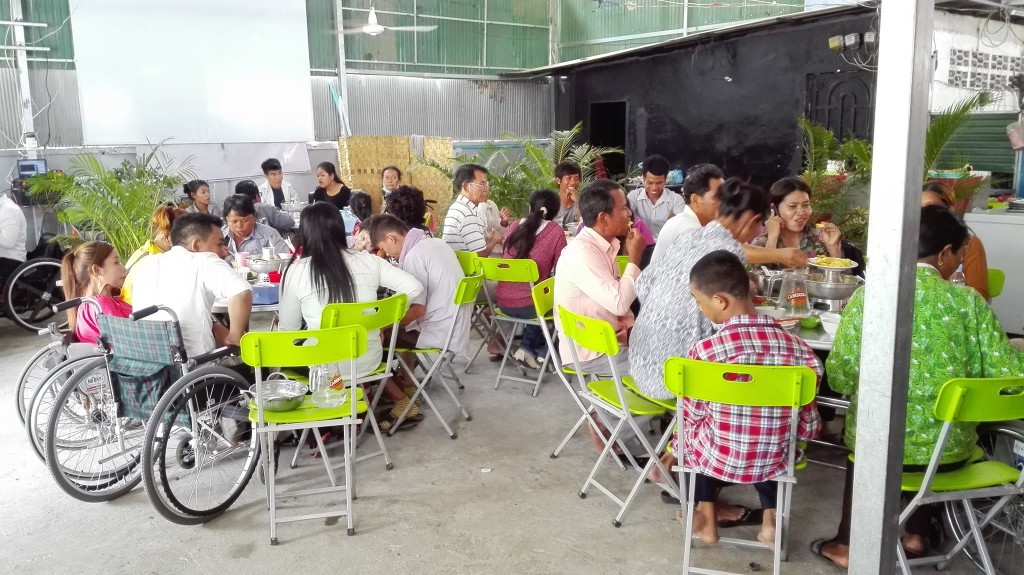Training Programme on Awareness and Improvement of Water, Sanitation and Hygiene (WASH)
On 27 of June, 2016 PPCIL conducted Training Programme on Awareness and Improvement of Water, Sanitation and Hygiene (WASH) at PPCIL office. There were 40 (F:21) participants attended in this training course.
Introduction:
The biggest problems for people with disabilities are social discrimination and obstacles in their environment. People with disabilities often have limited access to water, sanitation and hygiene (WASH) services in emergency and development situations.
It is acknowledged that people with moderate to severe disabilities are among the most vulnerable and are in need of special attention, and especially health-care is so important to them. Further to this, they should have equal opportunity to access to appropriate medical, rehabilitation and social services.
PPCIL aims to increase the understanding of Inclusive WASH for people with disabilities. Moreover, they can take the knowledge to apply and share to their target group in the community after getting the training
Objective:
- To increase the understanding and preservation of health in using sanitary water
- To increase the understanding of the importance of constructing the toilet that provide the convenience for people with disabilities
- To be aware of the community investment process and study about the needs of people with disabilities in advocating.
To start the training, Director of PPCIL welcomes to all trainers and participants and presents the training program and objective of the training course.
Upon completion of impression from Mr. Samith, all of the facilitator started to introduce themselves, and then Miss. Sreynak involved the participants in the training by developing the ground rules of the training. The participants tried to answer based on their individual ideas and concepts, and the trainers wrote up on the flip chart and summed up into the whole ideas.
Then Mr. Mey Samith started the session and presented the activity of the PPCIL. After the presentation of Mr. Samith, Ms. Dara started session by reviewing the connections between disability and poverty by proposing some questions to the participants. Hence, they tried to answer the questions based on their knowledge and experience, and then Ms. Dara presented the ideas in slide presentation.
Sessions provided consisted of the following:
1: Individual (persons with disabilities)
- Not access to school
- Interfere from other children
- No communication with others
- No warmth from the family
2: Family
- Loss income
- Severe burden on the family
- Spend more time to look after
- Spend more money
3: Community
- Loss human resources
- Less development
Then she also reviewed the difference definitions of development plan and investment plan.
– Community development plan: the review process is once per 5 years.
– Community investment plan: the review process is once per year.
Further to this, the topics were listed below:
- Form of CIP
- Cycle of CIP
- Step1: Review needs and issues with people
- Table 1.1: Problems, Needs and Solutions
- Step2: Preparing CIP
- Table 2.1: List of proposed investment project
- Table 2.2: Prioritized Investment Program of commune council
- Table 2.3: Results of program implementation (year & commune council)
- Step3: Planning Integration Workshop at district/Khan levels
- Step4: Approval on CIP
- Investment budget by sources
- Investment program with supportive promise
- Investment program without supportive promise
- Step 5: Follow up, monitoring and evaluation on the implementation of CIP
What’s more, also presented about the action plans of advocating processes:
| Action plans of advocate format | |
| Date | ……. |
| Place | ……. |
| Objective | ……. |
| Audience | ……. |
| Message/ Topic | ……. |
| Advocator | ……. |
| Approach | ……. |
| Expected results | ……. |
| Others | ……. |
Whereas, Mr. Sam Nang took turn to present by proposing some questions related to his topic, clean water and hygiene; therefore, they participants tried to answer from their best. There were some key points in his presentation as the following:
- Water plays an essential role of people lives, and human cannot live without it,
- There are two types of water: clean water, safe water and / not dirty water. Clean water doesn’t mean it is the safe water,
- Hygiene is divided into three types such as: hygiene of food, hygiene of the body, and hygiene of environment,
- Inclusive WASH is WASH for everyone, and WASH refers to:
– WA: water
– S : sanitation
– H : Hygiene
Regarding to the trash/ rubbish management. As it was presented that the rubbish are divided into difference categories. Relating to this, Mr. Samnang also added 3 Rs to the participants.
- Reuse
- Reduce
- Recycle
Upon the completion of the training, Miss. Sreynak started to sum up all of the key points as the whole training.
Recommendation:
Inclusive WASH has a key role in reducing attitudinal, institutional and environment barriers, involving people with disabilities it can help ensure inclusive WASH provision responds to different needs.
PPCIL’s advocates could be actively involved with commune council in order to include the needs of person with disability in to investment plan.
However, Personal assistant play role important to work closely with community people, development sectors and families of persons with disabilities to provide support household sanitation and WASH needs of those people suffering from incontinence.




